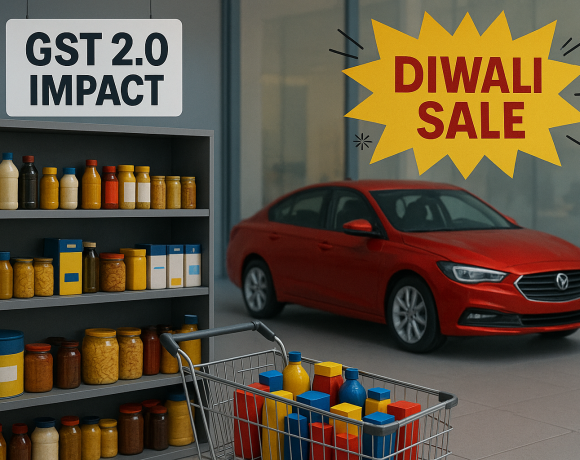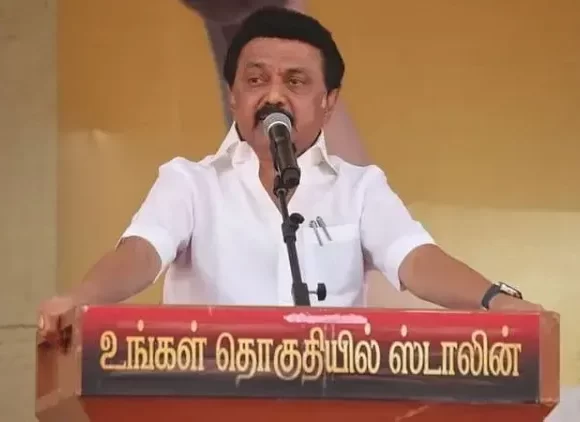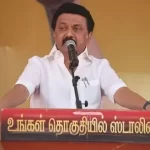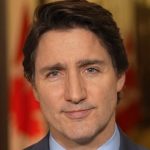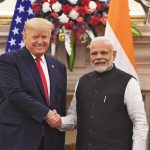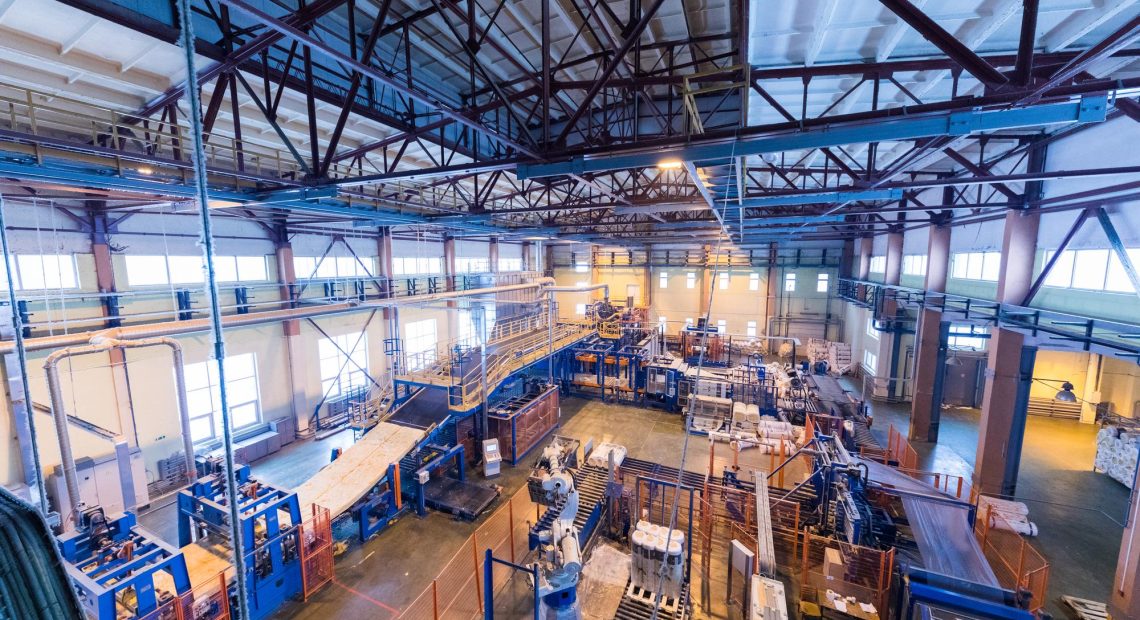
The 50% Wall: Why India Must Now Redraw Its Global Trade Map
When Donald Trump signed the executive order imposing a 50% tariff on Indian imports, it wasn’t just a headline move. It was a sledgehammer to India’s export engine. For a nation that shipped nearly $87 billion worth of goods to the U.S. in 2024, this tariff isn’t just punitive, it’s paralysing. The reason? India’s continued purchase of discounted Russian crude oil—a move rooted in strategic autonomy, not geopolitical defiance. Yet the cost of that decision will now be borne by exporters, workers, and potentially every Indian household.
The numbers are staggering. Analysts project a hit of up to $64 billion in annual exports. That translates to an immediate contraction risk of nearly 0.8 percentage points in India’s GDP. The ripple effects are already visible. From the diamond polishing units of Surat to the shrimp processing plants of Odisha, the fear of cancelled orders, wage cuts, and job losses is growing.
Few sectors are spared. The textile and apparel industry, which accounts for over 10% of India’s total exports and employs millions, faces a sudden cost disadvantage in the U.S. market. Gems and jewelry, already struggling with global price volatility, will now be further crippled. The seafood sector, particularly shrimp, is facing projected losses of up to ₹24,000 crore (approx. $2.9 billion). Leather, chemical intermediates, and auto ancillaries are all similarly vulnerable.
But this isn’t just a trade issue. It’s a jobs crisis in the making. MSMEs in towns like Tiruppur, Ludhiana, and Moradabad, which depend on U.S. orders, are the most exposed. These are not just factories—they are lifelines for local economies. If order books dry up, unemployment could spike sharply in semi-urban and rural belts, eroding purchasing power and amplifying rural distress.
So what now? If the U.S. door is closing, India needs to open new ones—and fast.
The European Union is an obvious candidate. With bilateral trade already touching $137.5 billion and an FTA under negotiation, sectors like pharmaceuticals, textiles, and IT services could benefit. This could offset up to $10–15 billion of trade losses in the next 2–3 years.
In Southeast Asia, exports to ASEAN grew by over 12% in Q1 FY25. With FTAs already in place, sectors like electronics, auto parts, and food processing can help recover $5–8 billion in the short term. Vietnam, Thailand, and Indonesia are particularly receptive.
Africa’s rising consumer base and dependence on Indian pharma, FMCG, and engineering goods present another viable alternative. India already accounts for 23% of Africa’s imports, and with strategic focus, up to $5–7 billion of the shortfall can be redirected there within 2–3 years.
Latin America is an underutilized opportunity. Trade currently stands at $23 billion with a projection to reach $100 billion by 2027. India can target $8–12 billion over 3–4 years through agro-exports, pharmaceuticals, and automotive components.
Auto components alone saw exports of $23 billion in FY25, with strong growth in CIS (+35%), Latin America (+21%), and Africa (+17%). This indicates that India’s products are already competitive in new markets, contributing $3–5 billion in potential offset.
India is also the largest rice exporter and is ramping up agricultural trade, aiming to double agri-exports to $100 billion by 2030. Coffee exports too have surged 125% over 11 years. These trends could absorb another $4–6 billion in the short term.
In total, analysts believe up to $35–45 billion of the U.S. export loss can be realistically offset within 2–4 years—not fully, but substantially, provided policy action is swift. All statistics and estimates cited here are sourced from Statscope India Research.
“India can no longer afford to rely on a single dominant market. The data clearly shows that with the right diplomatic push and domestic reforms, India can regain much of the lost ground by tapping the demand in EU, ASEAN, and Africa. But the window for response is narrow,” says Darshan Walawalkar, Partner at Statscope India.
But market access isn’t enough. The government must act.
Trade agreements must be concluded swiftly, especially with the EU and UK. Export credit guarantees should be extended, particularly for MSMEs exploring new markets. Customs processes need digital overhaul, and inland logistics must be fixed through PM Gati Shakti. Most critically, MSMEs need help with compliance, packaging, and sustainability certifications to meet EU and ASEAN norms.
This tariff isn’t just a tax. It’s a wake-up call. If India can respond not with retaliation but with reinvention, the 50% wall could become the launchpad for a new, resilient, and diversified trade architecture. The rules of global trade are changing. India must redraw the map before others redraw it for us.



